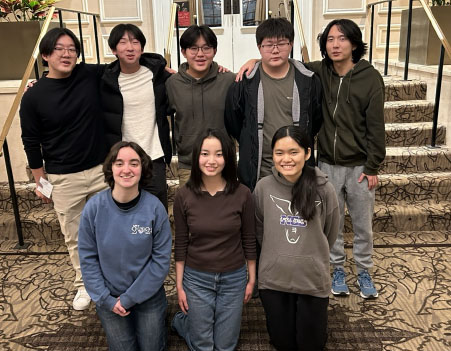Review: “The Bleeding Edge” (2018)
‘The Bleeding Edge’, (a play-off of the saying: ‘the cutting edge’ as in the arrival of new technology) is a documentary that seeks to expose the medical device industry. Directed by Kirby Dick, best known for the documentary: “The Hunting Ground” (2015); ‘The Bleeding Edge’ (2018) shows the life-altering reactions of thousands of people to some of the new industry’s devices, exposing how dangerous they are.
(This documentary is biased in favor of the victims throughout the film, and critiques doctors who are in favor of putting new untested devices in patients for monetary gain. However, the documentary is not explicitly anti-doctor either, with an expert explaining, “it’s not the doctor’s job [to approve new medical devices and make sure they are safe].”)
[This film is rated TV- 14; explicit words, vivid descriptions of gory medical issues, (discussion of stitches breaking, device malfunctions, body parts outside of the body… etc) .]
‘The Bleeding Edge’ begins by giving us insight into what the current medical device industry portrays themselves as. The medical industry in the past 10-20 years has been evolving rapidly. Their seemingly favorite slogan, “innovation to improve and save lives”, is reiterated over and over again throughout their advertisements and meetings. One expert referred to medical devices (for example, pacemakers, cataract lenses, birth control implants, etc) as a “way of life in America” because of how widely used they are.
The movie informs us that the medical device industry is incredibly lucrative- a 300 billion per year industry.
‘The Bleeding Edge’ then follows several different people and their experiences with medical device failure; and then follows up with information about shady business practices at the FDA.
One of the survivors of malfunctions with their medical device in the film is named Ana Fuentes. Ana Fuentes is a single mother with younger children who struggles to find employment after her ‘Essure’ device caused chronic bleeding. As explained in the documentary, ‘Essure’ was a device alternative to women who wanted to get their tubes tied (sterilization), however, it was untested and led to many horrible side effects such as chronic pain and bleeding. As there was no method created to take the device out, doctors trying to remove ‘Essure’ ended up breaking them inside the uterus.
Many women were affected by Essure, but what makes Ana’s case so tragic is her economic situation and how her health affected it. Due to chronic bleeding and constant surgeries from the insertion of her ‘Essure’ device, she lost her job and eventually had to give up her children. Out of all of the people in the film, her story is one that stays with you because you realize nobody believes her or listens to her in the way that other upper-class white women were. After going to a doctor’s visit, she was told that “because she was Latina” she naturally had heavier periods, and that nothing was wrong with her.
Meanwhile, ‘Essure’ was not even marketed or tested properly on women. The film explains that many devices aren’t even human tested anymore- due to a loophole that allows for ‘similar’ devices to get approved. It becomes clear in the film that due to a lack of regulation at the federal level, and loopholes in current regulations, that unsafe and untested devices are being put in thousands of people’s bodies every day. Even more surprising was how the companies who made said devices refused to be interviewed for the film- including the FDA.
For a movie that is an hour and 45 minutes, it kept me entertained almost the entire time. It was very educational, and I loved how it was both factual and gave perspectives of people actually living through the experience. I would give it a 9/10.
